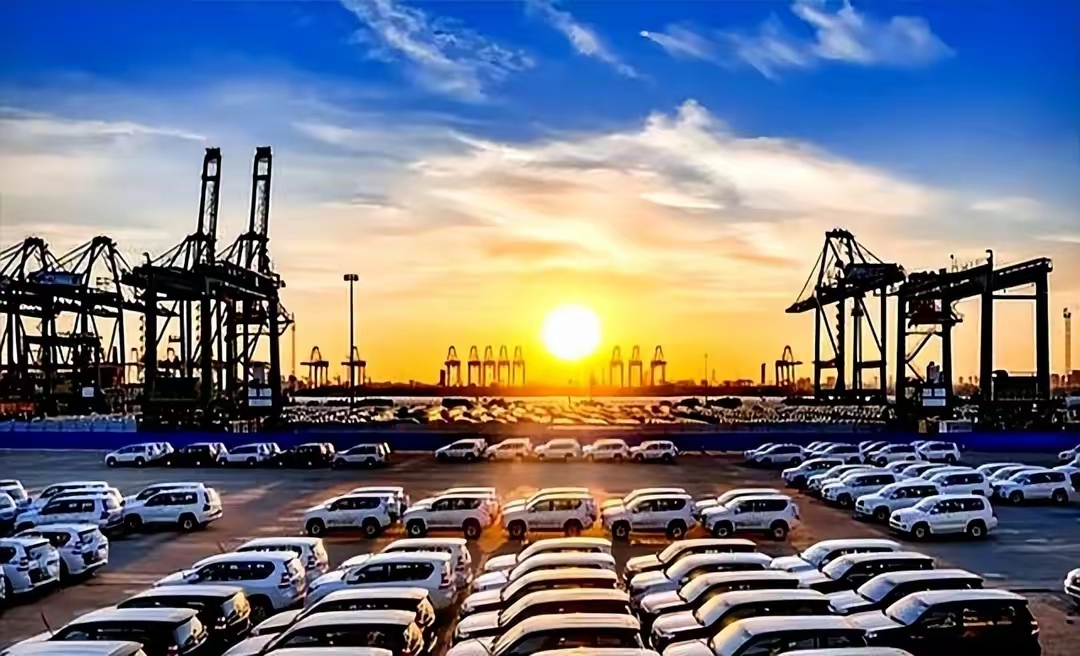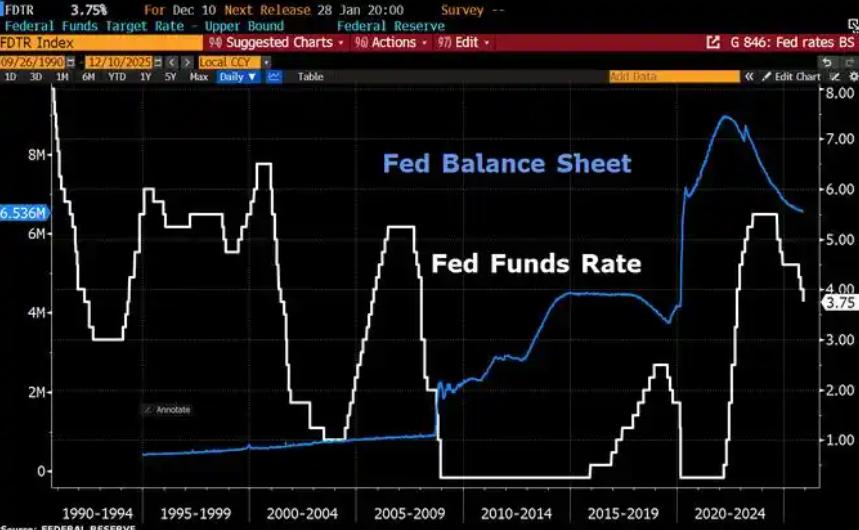
In the current closely intertwined global economy, any fluctuation in trade policies may trigger a chain reaction and stir up waves in the economic landscape. Recently, the tariff policies introduced by the United States and Canada have been like giant stones thrown into the international trade lake, causing ripples. The German manufacturing industry, known for its export-oriented approach, is undoubtedly at the center of these waves and is facing unprecedented challenges and changes.
The German automotive industry, as a shining business card of German manufacturing, occupies an important position in the global market, with the United States and Canada being its important overseas markets. However, the US Canada tariff policy is like a sharp blade, piercing through the key points of the German automotive industry. The United States has imposed a 25% tariff on imported cars, and Canada has also followed suit by raising related tax rates, which has led to a significant increase in the cost of German car exports.
Taking Volkswagen as an example, although its revenue remained basically the same as last year in the first half of 2025, its operating profit decreased by 33% year-on-year, and its after tax profit fell by more than 38%. One of the core factors contributing to the significant decline in profits is the new round of import tariffs imposed by the US government on electric vehicles and components, which has brought a cost burden of up to 1.3 billion euros to Volkswagen Group. Volkswagen Group's Chairman of the Board of Management, Obomu, frankly stated, "The tariffs we face in the United States have significantly increased by 25% compared to the past." Due to the fact that high-end brands under Volkswagen, such as Audi and Porsche, have not yet been produced domestically in the United States, they are heavily burdened by a 27.5% import tax. Brands such as BMW and Mercedes Benz have also been impacted, and even though some companies have production facilities in the United States, sedan production is still mainly concentrated in Europe, making it difficult to completely avoid the impact of tariffs.
The chemical and pharmaceutical industries are also facing challenges. The strict regulatory standards and tariff barriers in the US market have made it difficult for German companies to export, and market expansion plans have been forced to be shelved or adjusted. The development of these industries is hindered, which further affects Germany's research investment and technological innovation. Due to the decline in corporate profits, the funds used for research and development have correspondingly decreased, which is equivalent to taking a drastic blow to the German manufacturing industry driven by technological innovation.
The US Canada tariff policy has also disrupted the existing global supply chain system of German manufacturing, plunging it into the pain of restructuring. The German manufacturing industry has long relied on global procurement of components to achieve cost optimization and maximize production efficiency. But the increase in tariffs has made it expensive to import parts from the US and Canada, forcing companies to reassess their supply chain layout and seek alternative suppliers.
Faced with the impact of US and Canadian tariffs, the German government and businesses have actively taken measures to respond. On the one hand, the German government calls on the EU to maintain unity and use its own tools to decisively counter the trade protectionism of the United States and Canada, while maintaining flexibility in negotiations; On the other hand, increasing support for domestic manufacturing industry, encouraging enterprises to engage in technological innovation and industrial upgrading, improving product added value, and enhancing competitiveness in the international market.
At the corporate level, German manufacturing companies are adjusting their global strategic layouts one after another. Some companies are increasing their investment in local and other overseas markets, reducing their dependence on the US and Canadian markets; Some companies that have set up factories in the United States are starting to purchase more components locally to avoid tariffs; Enterprises are actively expanding into emerging markets and seeking new growth points. For example, German car manufacturers are increasing their investment in the Chinese market, strengthening cooperation with Chinese companies, and jointly exploring development opportunities in the fields of electrification and intelligent automobiles.
The US Canada tariff policy has had a comprehensive and profound impact on German manufacturing, from the automotive industry to machinery manufacturing and other industries, from corporate profits to market share, from supply chain systems to development strategies, the German manufacturing industry is undergoing severe tests. But challenges and opportunities coexist. In this trade storm, if the German manufacturing industry can accelerate technological innovation and industrial upgrading, optimize the global supply chain layout, and expand diversified markets, it may be able to achieve transformation and breakthrough in adversity and usher in new development opportunities. And this process will also provide valuable experience and reference for the global manufacturing industry in addressing the challenges of trade protectionism.

Since 2022, the Fed has cumulatively reduced its balance sheet by $2.4 trillion through quantitative tightening (QT) policies, leading to a near depletion of liquidity in the financial system.
Since 2022, the Fed has cumulatively reduced its balance sh…
On December 11 local time, the White House once again spoke…
Fiji recently launched its first green finance classificati…
Recently, the European Commission fined Musk's X platform (…
At the end of 2025, the situation in the Caribbean suddenly…
The U.S. AI industry in 2025 is witnessing a feverish feast…